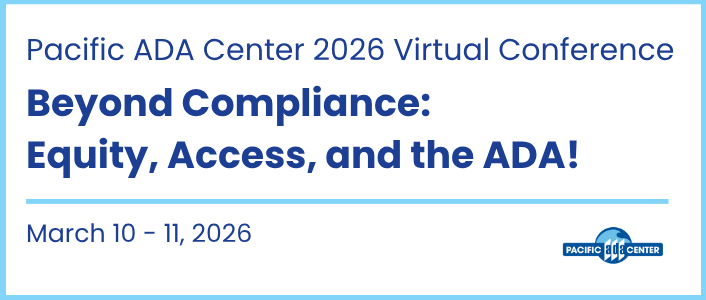
In the News
How PHI’s CA Bridge is Pioneering Emergency Department Addiction Care
- Behavioral Health Business
-
Focus Areas
Alcohol, Tobacco, Drugs & Mental Health, Capacity Building & Leadership -
Programs
Bridge, CA Bridge -
Strategic Initiatives
Opioids

“New research posits that emergency departments may provide a key setting to get people with opioid use disorders (OUDs) into treatment at scale, potentially driving up the dismally low number of people with such diagnoses accessing treatment.
An examination of the CA Bridge program and other data from California reveals that the implementation of this state-backed, in-emergency-room program led to a median of 58 days of uninterrupted treatment. Additionally, the program offers a potential gateway to tens of thousands of patients across the state.
“CA Bridge has helped transform emergency care throughout California to include low-barrier buprenorphine for OUD. The program has developed a successful model for scaling ED addiction care across diverse practice settings, with high adoption and service provision,” the study reads.
Between July 2022 and December 2023, the CA Bridge program provided 165,671 patient navigator encounters and 44,996 buprenorphine treatments at the 252 participating hospital emergency departments.
Under the CA Bridge program, hospitals receive funding and assistance from the state to maintain emergency department buprenorphine prescribing and patient navigation programs, which help patients connect to outpatient care and access take-home naloxone.
About 49% of the buprenorphine prescriptions made in the emergency department were for patients’ first buprenorphine prescription. About 36% of patients who initiated a buprenorphine prescription in that setting fill a second. However, well more than half, 73%, were written by nonemergency room providers.
The study demonstrates the opportunity for additional OUD work to be provided in hospitals, a setting that does not usually have dedicated resources and competency for most behavioral health issues.”
Click on the link below to read the full article.
Originally published by Behavioral Health Business
More Updates


PHI’s Population Health Innovation Lab Joins $22M Five-Year Initiative with Merck Foundation to Improve Cardiovascular Care

Call for Speakers: 2026 Americans with Disabilities Act Virtual Conference

“Federal Food Assistance Programs Sustain Families” Statement from the Public Health Institute on SNAP Funding
Work With Us
You change the world. We do the rest. Explore fiscal sponsorship at PHI.
Support Us
Together, we can accelerate our response to public health’s most critical issues.
Find Employment
Begin your career at the Public Health Institute.
